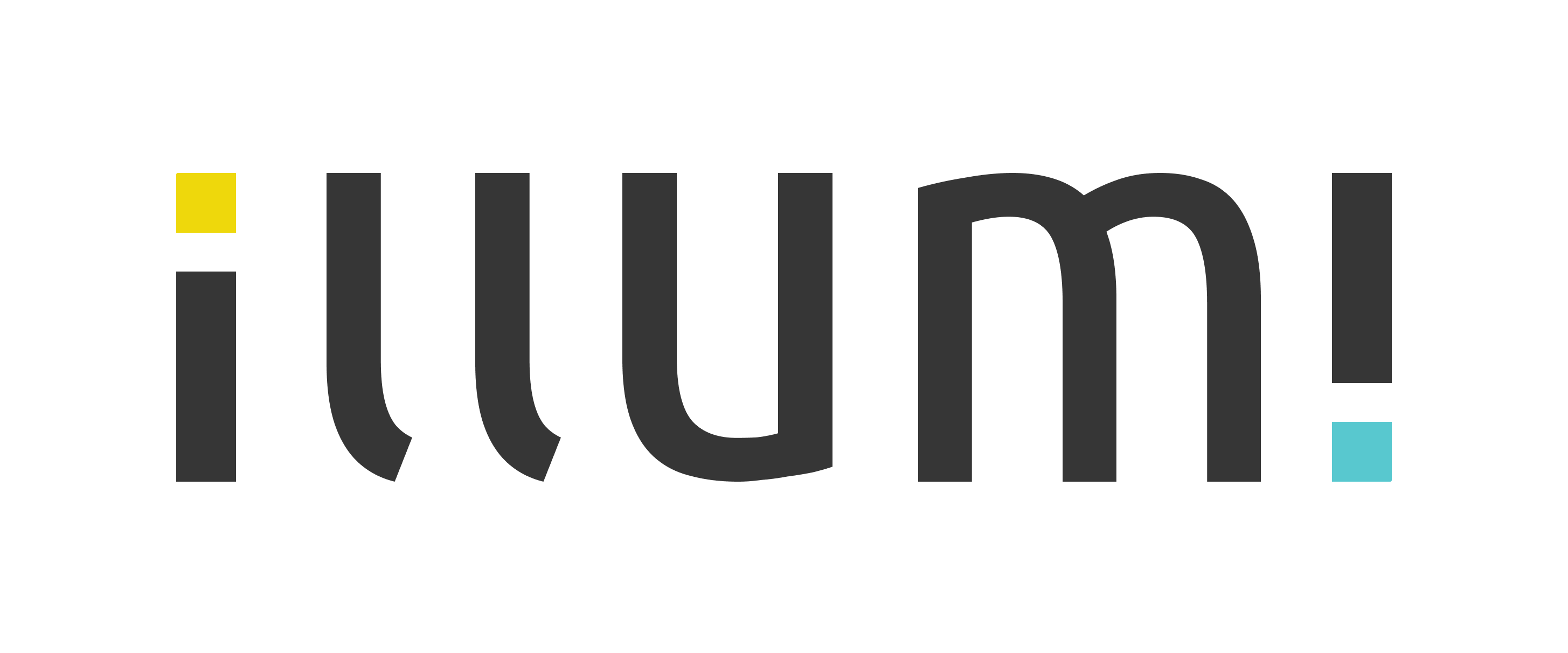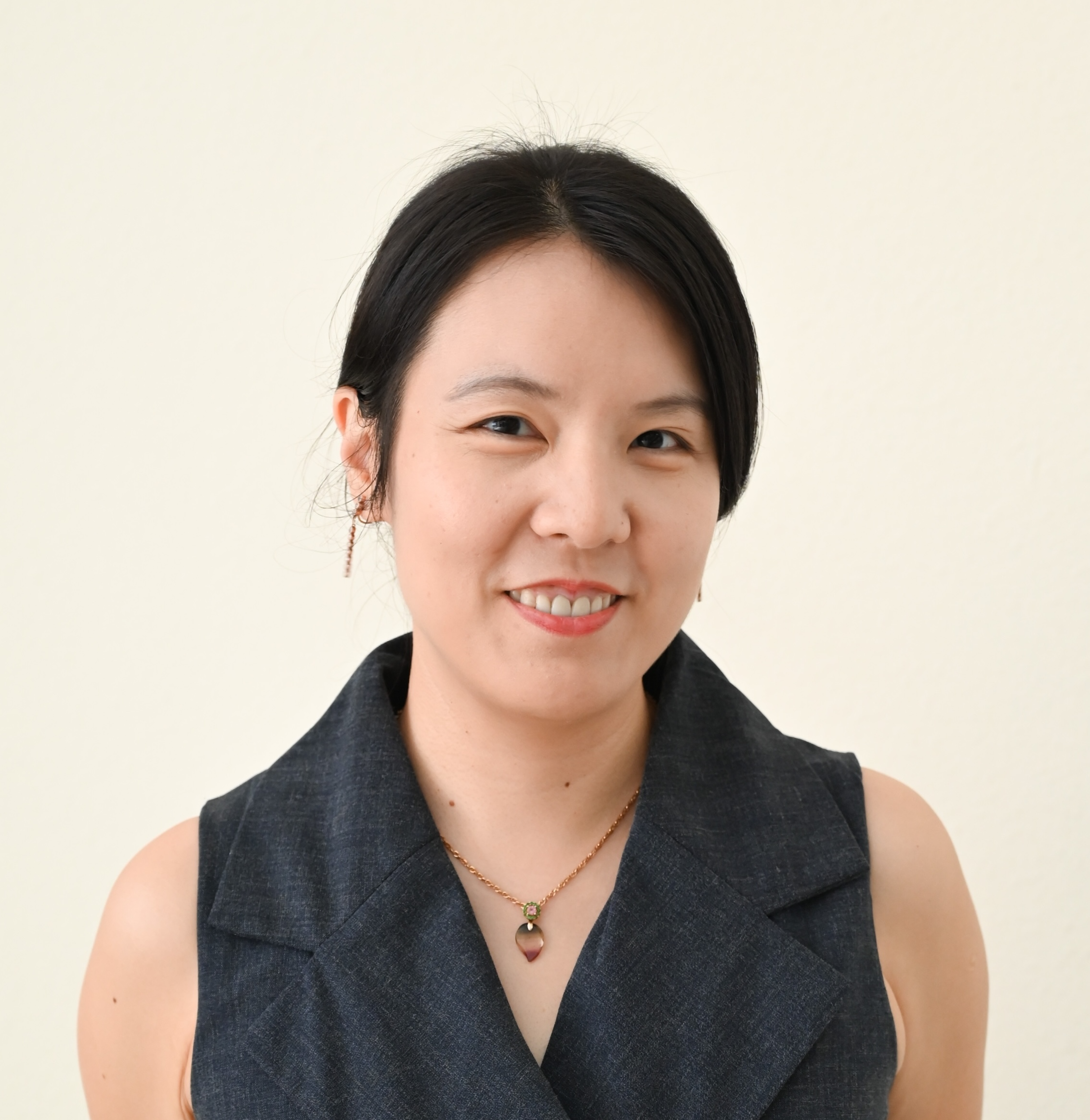Originally posted at e27 原文刊登於 e27
AI 時代的隱形危機
當我們看著教育工作者對 ChatGPT 和作弊問題感到恐慌,但更令人擔憂的趨勢尤其在亞洲的教室裡。真正的危機不是學術誠信的問題——而是學生正在失去獨立思考的能力。
上週,我聽說有個學生在幾分鐘內就用 AI 生成了一篇完美的論文,引用資料齊全、論點細緻入微。但當別人請他用自己的話解釋同樣的概念時,他連基本觀念都說不清楚。他不只是把寫作外包出去——他把思考也外包了。
看不見的危機:認知負債正在掏空年輕人的心智
這種模式讓我想到財務負債——它會靜悄悄地累積,直到突然變得無法承受。當學生一再接受 AI 生成的解答,而不親自思考問題時,他們累積的智識債務會隨著時間越滾越大。
退化效應:我們的神經路徑會因為使用而強化,因為不用而弱化。習慣性跳過分析和解決問題等心智工作的學生,這些認知功能會真實地退化。多年建立的批判性思考能力,可能在依賴 AI 的幾個月內就被侵蝕殆盡。
學習悖論:努力理解困難概念的過程並不是要避開的——那正是建立智識韌性的關鍵。當 AI 提供即時解答時,它移除了那個把表面知識轉化為深度理解的必要掙扎過程。
為什麼亞洲學生特別容易受影響
亞洲的教育文化讓這個問題更加嚴重。
完美主義的陷阱:亞洲的教育體系傳統上獎勵死記硬背,懲罰犯錯。這讓學生習慣追求「完美答案」,而不是發展獨立思考。AI 承諾的完美回應,正好迎合了這種文化期待。
怕輸文化遇上 AI:在新加坡,我看到「怕輸」(kiasu)心態如何讓學生避免智識上的冒險。與其繳交可能有瑕疵的原創作品,他們更傾向選擇保證正確的 AI 產出。曾經推動成就的文化,現在反而助長了智識上的被動。
權威的悖論:許多西方教室鼓勵學生質疑和辯論,但亞洲教育往往強調尊重權威。當 AI 成為新的權威時,學生不加質疑地接受它的產出——這正好與批判性思考背道而馳。
成人的危機:老師和家長比學生更迷惘
或許最令人擔心的是,大人在這個轉變中比學生更掙扎。
老師面臨存在危機:那些把身分建立在知識守門人角色上的教育者,現在面對能比他們更清楚解釋概念、更有效率批改作業的工具。一位有二十年經驗的老師最近告訴我:「我花了幾十年完善我的教學筆記,但現在學生用 AI 學同樣的內容,學得更好更快。」
家長摸索未知領域:靠著死記硬背成功的父母,現在必須引導需要完全不同技能的孩子:辨識錯誤資訊、與數位工具協作、解決新問題。一位家長坦言:「我們想為孩子準備好未來,但我們自己也不確定未來會是什麼樣子。」
最令人擔心的是:當引路人失去方向,學生就只能自己摸索——往往直接走向認知依賴。
轉變:從資訊時代到智慧時代
解決方案不是禁用 AI,而是為這個新現實重新定義教育。
轉移重點:教育需要從傳遞資訊進化到培養智慧。核心問題不再是「你知道什麼?」而是「你怎麼思考?你如何提出質疑?你如何判斷什麼才重要?」
設計有策略的阻力:學習需要有建設性的障礙。學生應該在使用 AI 之前先自己嘗試解決問題、參與不使用科技的討論、為自己親自發展出來的想法辯護。甚至可以用 AI 來挑戰自己,確保自己真的想清楚了要表達的內容。
把 AI 素養當作生存技能來教:學生需要訓練去質疑 AI 的產出、理解演算法的限制、辨識什麼時候人類判斷是不可或缺的。這不只是數位素養——這是認知上的自我保護。
賭注:我們可能失去什麼
這個挑戰超越教育,關乎我們的文明。我們可能養出一個世代,他們擁有無限資訊卻無法獨立思考——能夠生成完美答案卻無法提出有意義的問題。
定義人性的特質——創造力、道德推理、批判性判斷、處理模糊性的能力——都需要那些會被 AI 依賴弱化的認知能力。如果不刻意努力保存人類智能,我們將造就出一個在最需要獨立思考的時代,卻依賴機器的世代。
機會:亞洲的教育文藝復興
亞洲的教育體系,憑藉其對紀律和結構的重視,如果能將這份專注從服從轉向認知發展,就有獨特的潛力引領這場轉變。
我們的目標不是跟 AI 競爭,而是確保人類仍然是指導、質疑和改進 AI 產出的思考主體。在一個機器以超人速度處理資訊的世界裡,我們最有價值的貢獻是知道該問什麼問題,以及擁有自己思考複雜問題的心智力量。
AI 時代教育成功的真正衡量標準,不是學生取得資訊的速度有多快,而是當工具不可用時,他們是否還能深入且獨立地思考。這不只是教育問題——這從根本上關乎什麼讓我們身而為人。
I’ve been watching educators panic about ChatGPT and cheating, but I’m seeing a more concerning trend in classrooms across Asia. The real crisis isn’t about academic dishonesty—it’s about students losing their ability to think independently.
Last week, I heard about a story that a student generated a flawless essay in minutes, complete with citations and nuanced arguments. Later, when people asked him to explain those same ideas in conversation, he struggled to articulate even basic concepts. He hadn’t just outsourced the writing—he had outsourced his thinking.
The invisible epidemic: Cognitive debt is bankrupting young minds
This pattern reminds me of financial debt—it accumulates quietly until suddenly it becomes overwhelming. When students repeatedly accept AI-generated solutions without working through problems themselves, they create intellectual debt that compounds over time.
- The atrophy effect: Our neural pathways strengthen with use and weaken without it. Students who routinely skip the mental work of analysis and problem-solving experience actual deterioration in these cognitive functions. Critical thinking skills built over years can erode in months of AI dependence.
- The learning paradox: The struggle to understand difficult concepts isn’t something to avoid—it’s precisely what builds intellectual resilience. When AI offers instant solutions, it removes the productive struggle that transforms surface knowledge into deep understanding.
Why Asian students are particularly vulnerable
The educational culture in Asia creates specific vulnerabilities to this problem.
- The perfection trap Asian education systems have traditionally rewarded memorisation and penalised mistakes. This conditions students to seek “perfect answers” rather than develop independent thinking. AI’s promise of flawless responses plays directly into this cultural expectation.
- Kiasu culture meets AI In Singapore, I’ve witnessed how the “kiasu” (afraid to lose) mentality makes students avoid intellectual risks. Rather than submit potentially flawed original work, they gravitate toward guaranteed-correct outputs. The culture that once drove achievement now fuels intellectual passivity.
- The authority paradox While many Western classrooms encourage students to question and debate, Asian education often emphasises respect for authority. When AI becomes a new authority figure, students accept its outputs without questioning—the opposite of critical thinking.
The adult crisis: Teachers and parents are more lost than students
Perhaps most concerning is that adults are struggling more with this transition than students.
- Teachers face an existential crisis: Educators who built their identity on being knowledge gatekeepers now confront tools that can explain concepts more clearly and grade work more efficiently than they can. A teacher with twenty years of experience recently told me, “I perfected my teaching notes for decades, but now students learn the same material better and faster with AI.”
- Parents navigate uncharted territory: Parents who succeeded through memorisation must now guide children who need entirely different skills: detecting misinformation, collaborating with digital tools, and solving novel problems. One parent confided, “We want to prepare our children for the future, but we’re just as uncertain about what’s coming.”
The most concerning part is: When guides lack direction, students navigate alone—often straight into cognitive dependency.
The transformation: From information age to wisdom age
The solution isn’t banning AI but redefining education for this new reality.
- Shift the focus Education needs to evolve beyond information transfer to wisdom development. The central questions become not “What do you know?” but “How do you think? How do you question? How do you determine what matters?”
- Design strategic friction Learning requires productive obstacles. Students should try solving problems independently before using AI, participate in technology-free discussions, and defend ideas they’ve personally developed. Or even, use AI to challenge themselves to ensure they had thought through what they are trying to convey.
- Teach AI literacy as survival skill Students need training to question AI outputs, understand algorithmic limitations, and recognise when human judgment is essential. This isn’t just digital literacy—it’s cognitive self-protection.
The stakes: What we risk losing
This challenge extends beyond education to our civilisation. We risk raising a generation with access to infinite information but unable to think independently—capable of generating perfect answers but incapable of asking meaningful questions.
The qualities that define humanity—creativity, moral reasoning, critical judgment, and navigating ambiguity—require the cognitive abilities that AI dependency weakens. Without deliberate effort to preserve human intelligence, we’ll create a generation dependent on machines in an era demanding independent thought.
The opportunity: Asia’s educational renaissance
Asian education systems, with their emphasis on discipline and structure, have unique potential to lead this transformation if they redirect that focus toward cognitive development rather than compliance.
Our goal isn’t competing with AI but ensuring humans remain the thinking agents who direct, question, and improve AI outputs. In a world where machines process information at superhuman speeds, our most valuable contribution becomes knowing what questions to ask and having the mental strength to think through complex problems ourselves.
The true measure of educational success in the AI era won’t be how quickly students access information, but whether they can still think deeply and independently when the tools are unavailable. This isn’t just an educational concern—it’s fundamentally about what makes us human.





